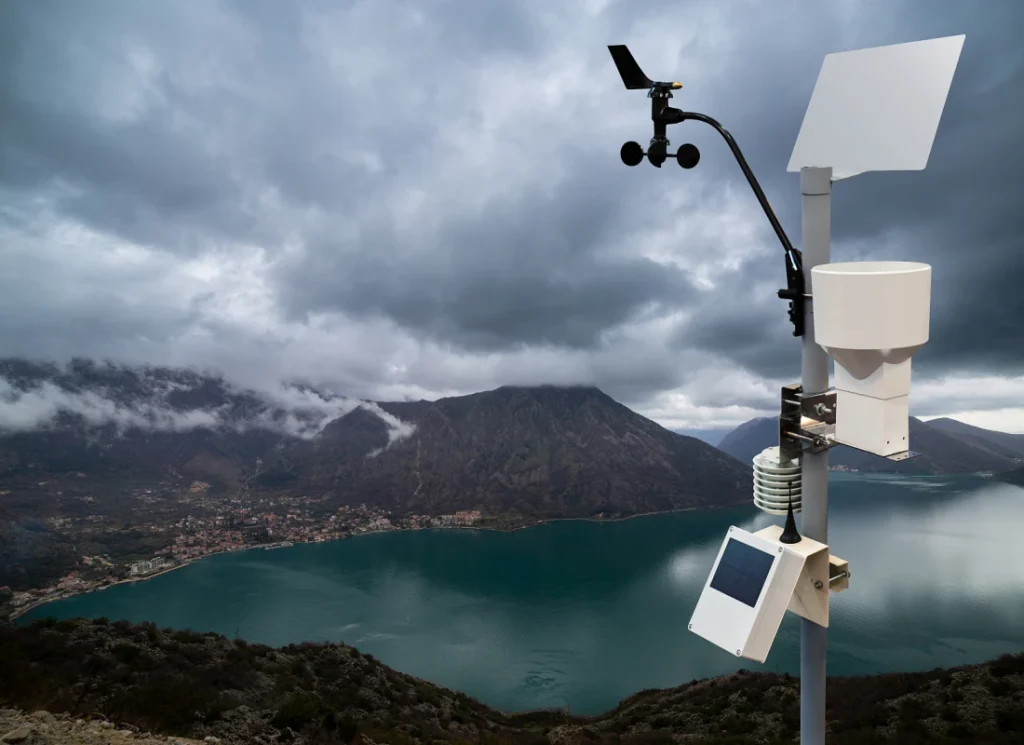
# Rainfall Sensor: Accurate Measurement and Monitoring of Precipitation
## Introduction to Rainfall Sensors
Rainfall sensors are essential tools for measuring and monitoring precipitation in various environments. These devices play a crucial role in weather forecasting, agricultural planning, flood warning systems, and hydrological studies. By providing accurate and timely data about rainfall intensity and accumulation, rainfall sensors help professionals make informed decisions in multiple fields.
## How Rainfall Sensors Work
Modern rainfall sensors utilize different technologies to measure precipitation:
### Tipping Bucket Rain Gauges
The most common type of rainfall sensor uses a tipping bucket mechanism. When rainwater fills one side of the small bucket, it tips, emptying the water and moving the other side into position. Each tip represents a specific amount of rainfall, typically 0.01 inches or 0.2 mm.
### Optical Rain Sensors
These sensors use infrared light to detect raindrops passing through a sensing area. The amount of light blocked by falling rain correlates with rainfall intensity.
### Weighing Precipitation Gauges
These devices measure the weight of collected precipitation over time, providing highly accurate measurements that can distinguish between rain, snow, and hail.
## Applications of Rainfall Sensors
Rainfall sensors serve numerous important purposes:
– Weather monitoring and forecasting
– Agricultural irrigation management
– Urban flood prevention systems
– Hydrological research and water resource management
– Construction site monitoring
– Smart city infrastructure
## Advantages of Modern Rainfall Sensors
Today’s rainfall sensors offer significant benefits over traditional measurement methods:
High accuracy and reliability for precise precipitation measurement
Real-time data collection and transmission capabilities
Low maintenance requirements compared to manual gauges
Integration with weather stations and IoT systems
Durability in harsh environmental conditions
## Choosing the Right Rainfall Sensor
When selecting a rainfall sensor, consider these factors:
Measurement Range
Ensure the sensor can handle the expected rainfall intensities in your area.
Accuracy Requirements
Different applications may require varying levels of precision.
Data Connectivity
Determine whether you need wired or wireless data transmission.
Environmental Conditions
Choose sensors rated for your specific climate and installation location.
## Maintenance and Calibration
Proper maintenance ensures long-term accuracy:
Regularly clean the sensor to prevent debris buildup
Check for proper leveling and mounting stability
Perform periodic calibration according to manufacturer guidelines
Inspect for damage after extreme weather events
## Future Developments in Rainfall Sensing Technology
Emerging technologies are enhancing rainfall measurement:
AI-powered data analysis for improved accuracy
Miniaturization for more compact sensor designs
Integration with satellite and radar systems
Advanced materials for increased durability
Rainfall sensors continue to evolve, providing increasingly valuable data for understanding and responding to precipitation patterns in our changing climate.
Keyword: rainfall sensor
Leave a Reply